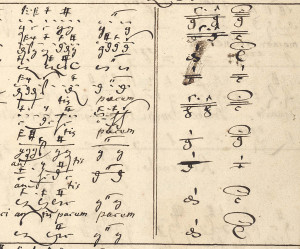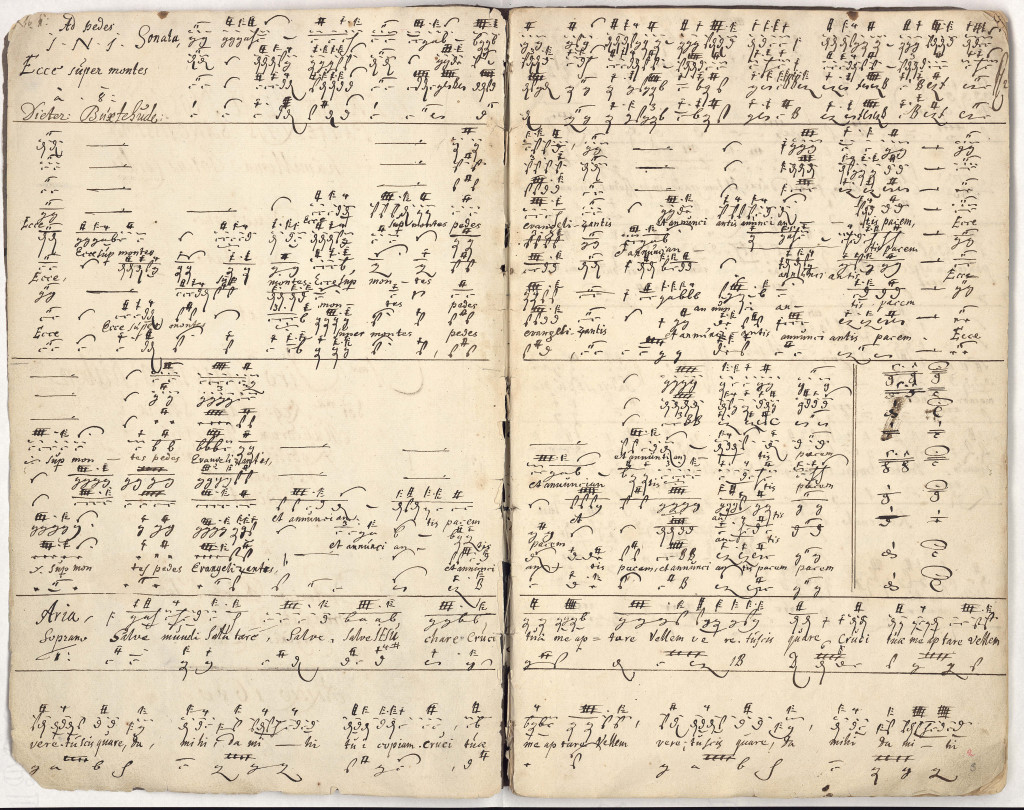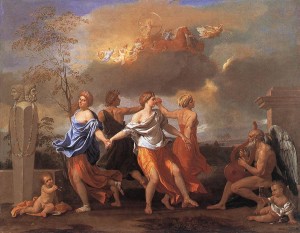The Road Map for Ad Pedes from Membra Jesu Nostri
 Musicians often refer to the ‘road map’ for a performance of music with repeats, da capos or added codas – music that, explicitly or not, offers the performer options in determining the structure of the work. “How many times do we repeat the A section when we make the repeat?” Rehearsal decisions often lead to cryptic notations of letters and numbers in the margins of parts and scores. Ad Pedes, the first cantata in Buxtehude’s cycle Membra Jesu Nostri presents options for several ‘road maps’ that stem from the circumstances of its transmission.
Musicians often refer to the ‘road map’ for a performance of music with repeats, da capos or added codas – music that, explicitly or not, offers the performer options in determining the structure of the work. “How many times do we repeat the A section when we make the repeat?” Rehearsal decisions often lead to cryptic notations of letters and numbers in the margins of parts and scores. Ad Pedes, the first cantata in Buxtehude’s cycle Membra Jesu Nostri presents options for several ‘road maps’ that stem from the circumstances of its transmission.
Buxtehude dedicated Membra Jesu Nostri to the Swedish court organist and Kapellmeister Gustav Düben and the composer’s autograph manuscript, in tablature notation, survives at the music library of the University of Uppsala in the magisterial Düben Collection. German organ tablature notation is one of a variety of shorthand notations used in Northern Europe during the Renaissance and Baroque periods. Lacking familiar staves, noteheads and key signatures, tablature notations uses script letters for pitches and flags for duration.
A set of parts for each of the cantatas, copied from the tablature by Düben presumably for his performances at the Swedish Court, are also preserved at Uppsala. Correlating the parts with the tablature provides insight into performance practice issues and the circumstances under which the individual cantatas may have been performed and in n the case of the opening cantata it also presents a ‘road map’ puzzle that has been solved in a variety of ways by editors and performers.




